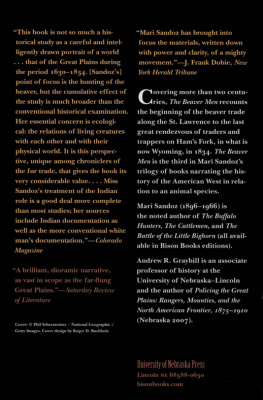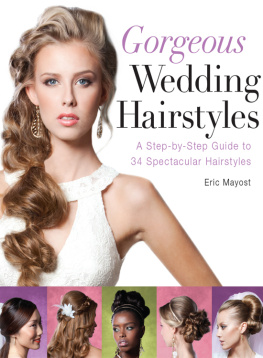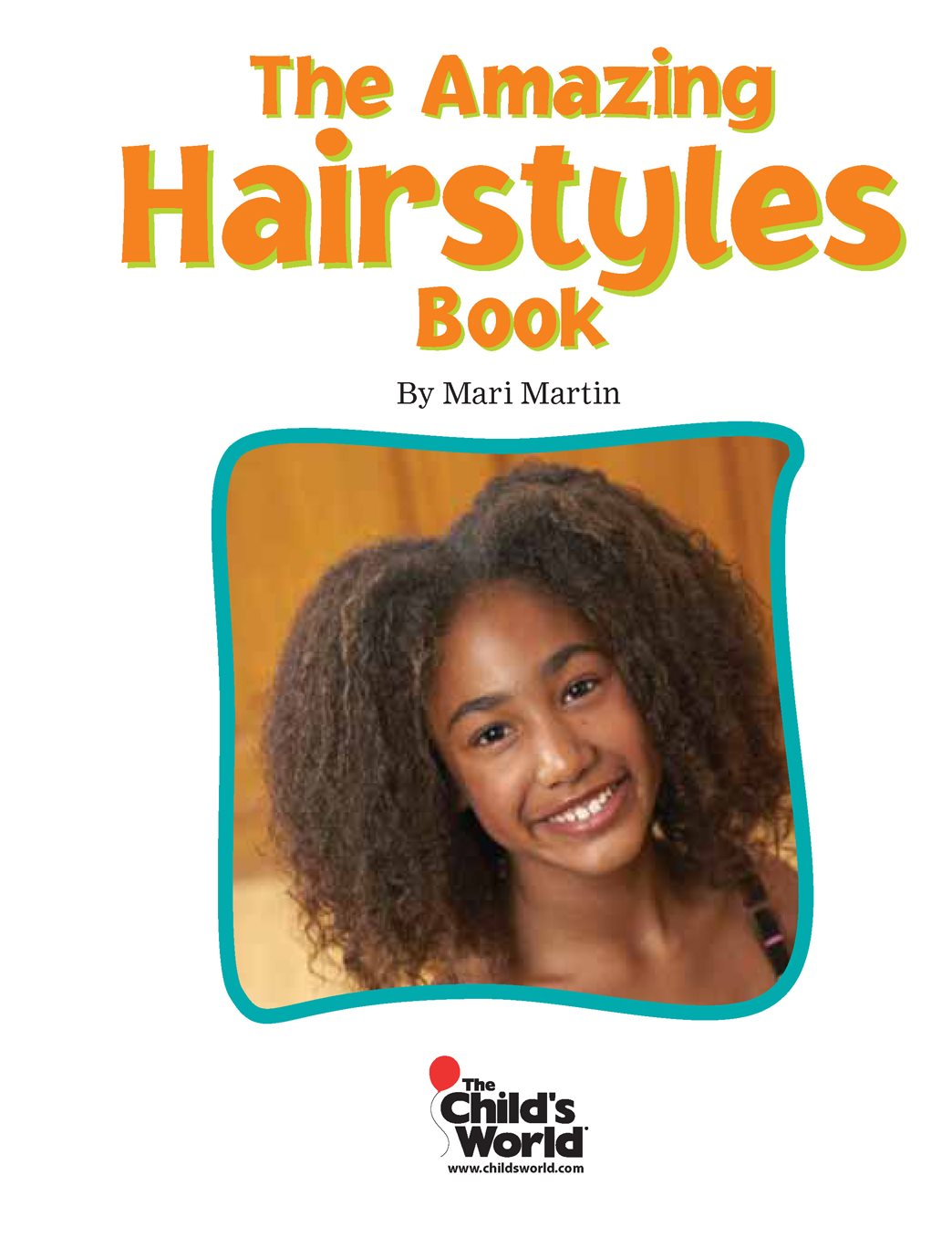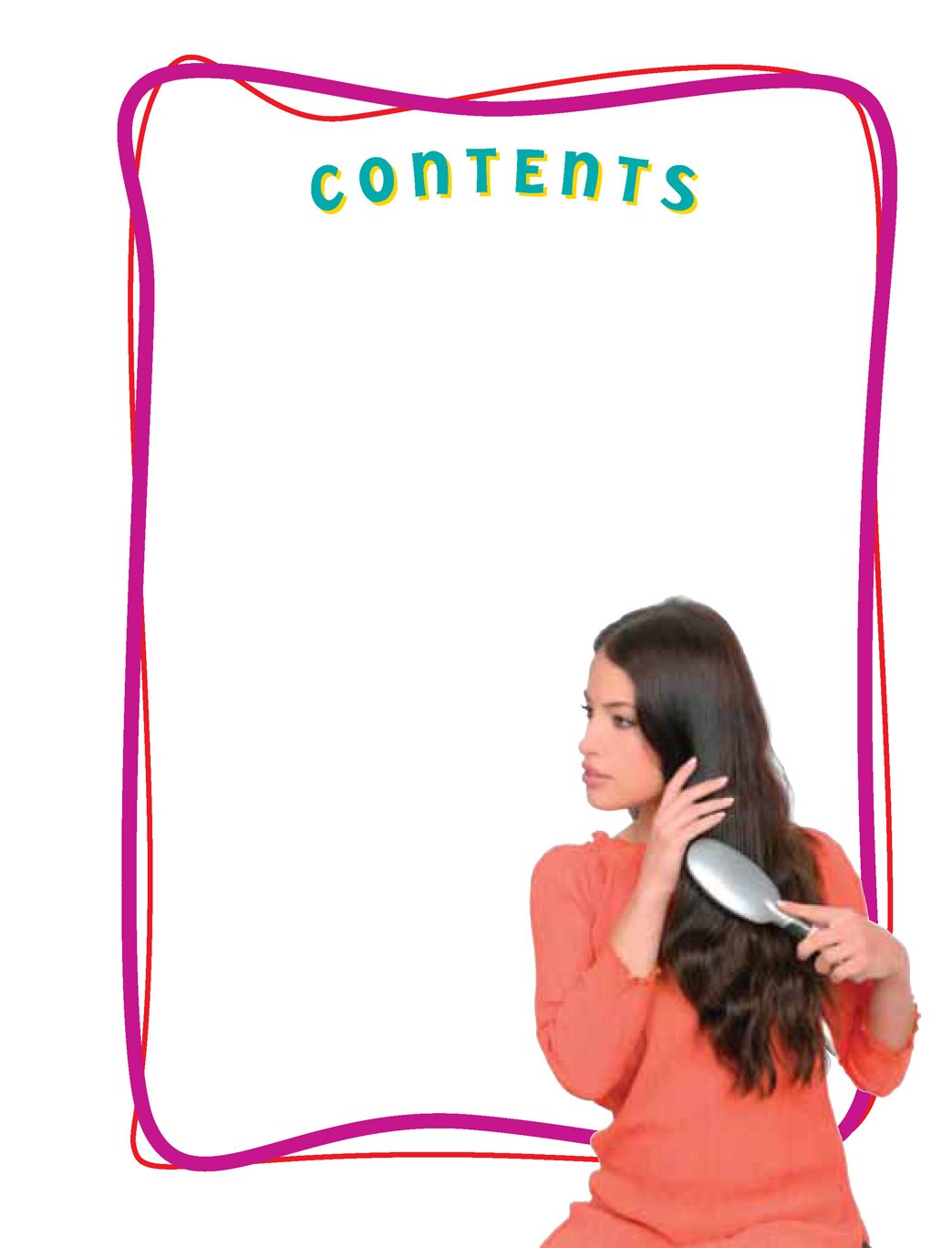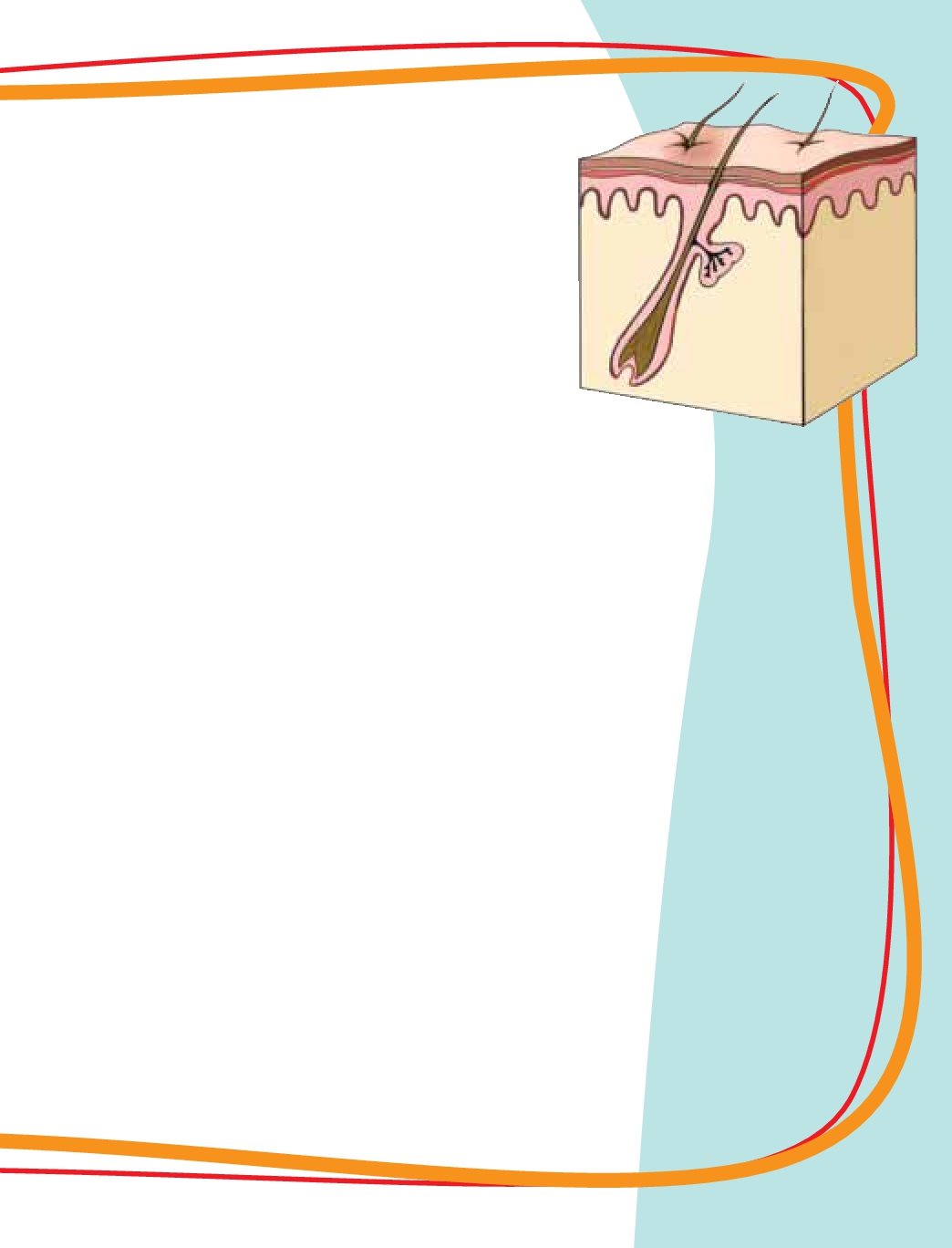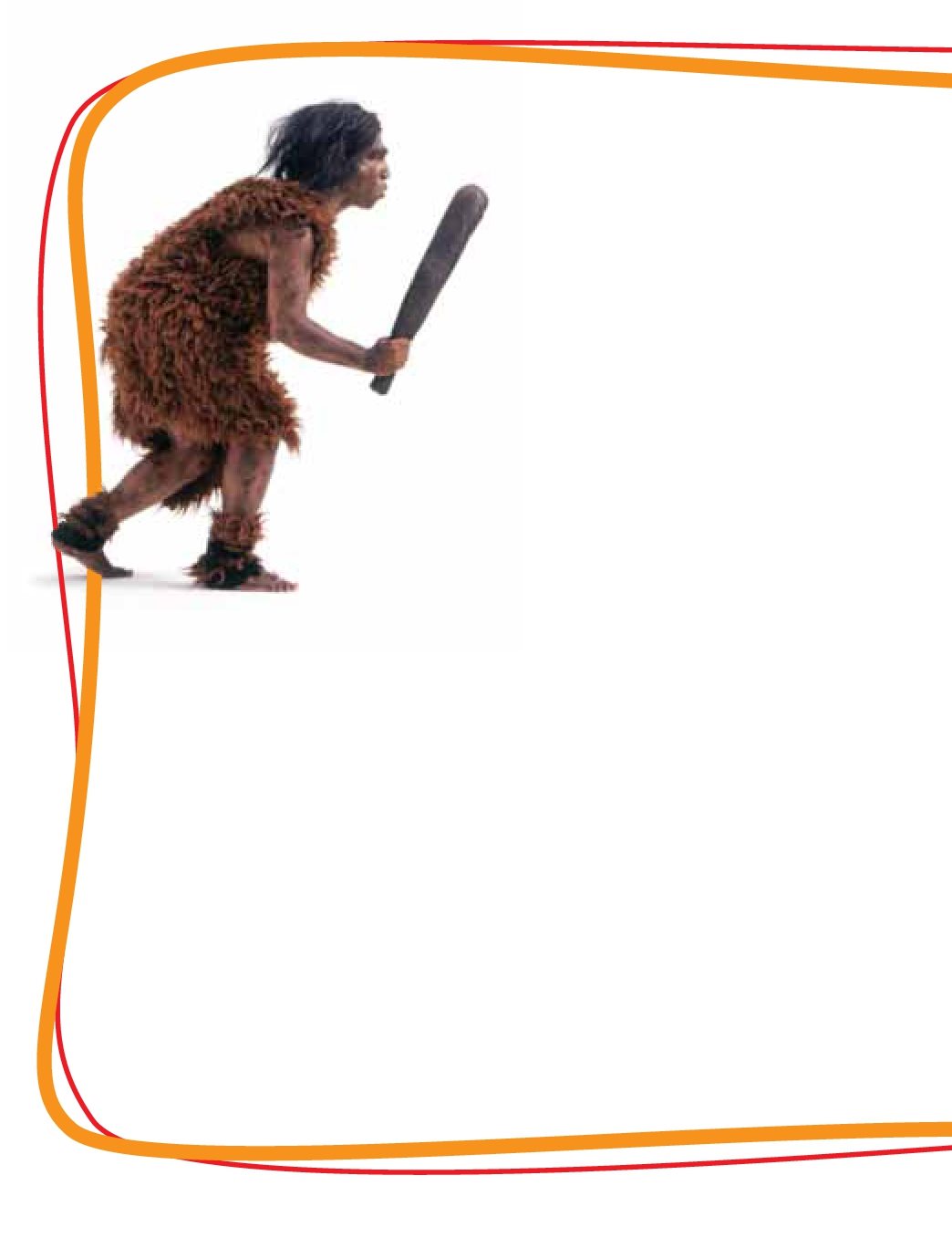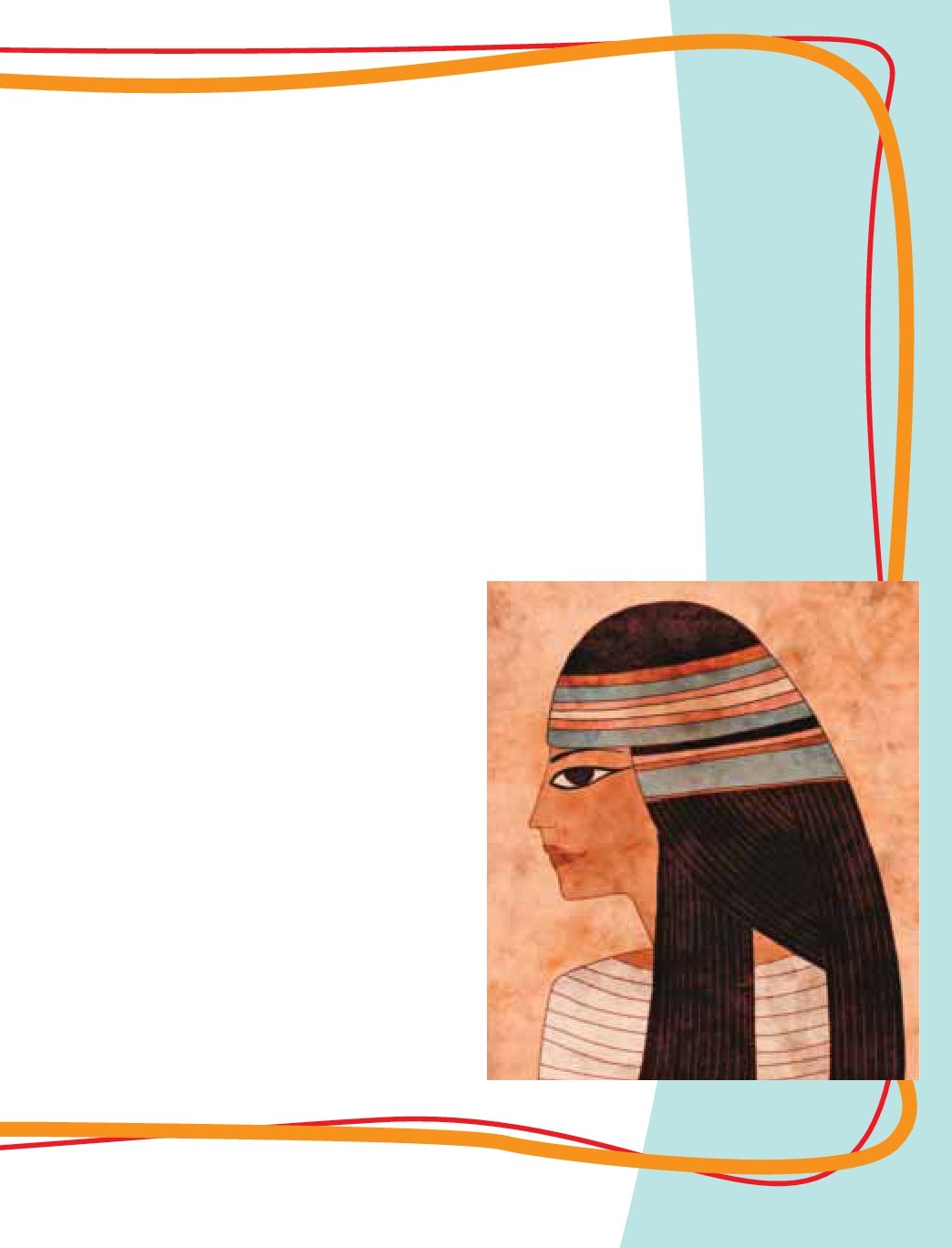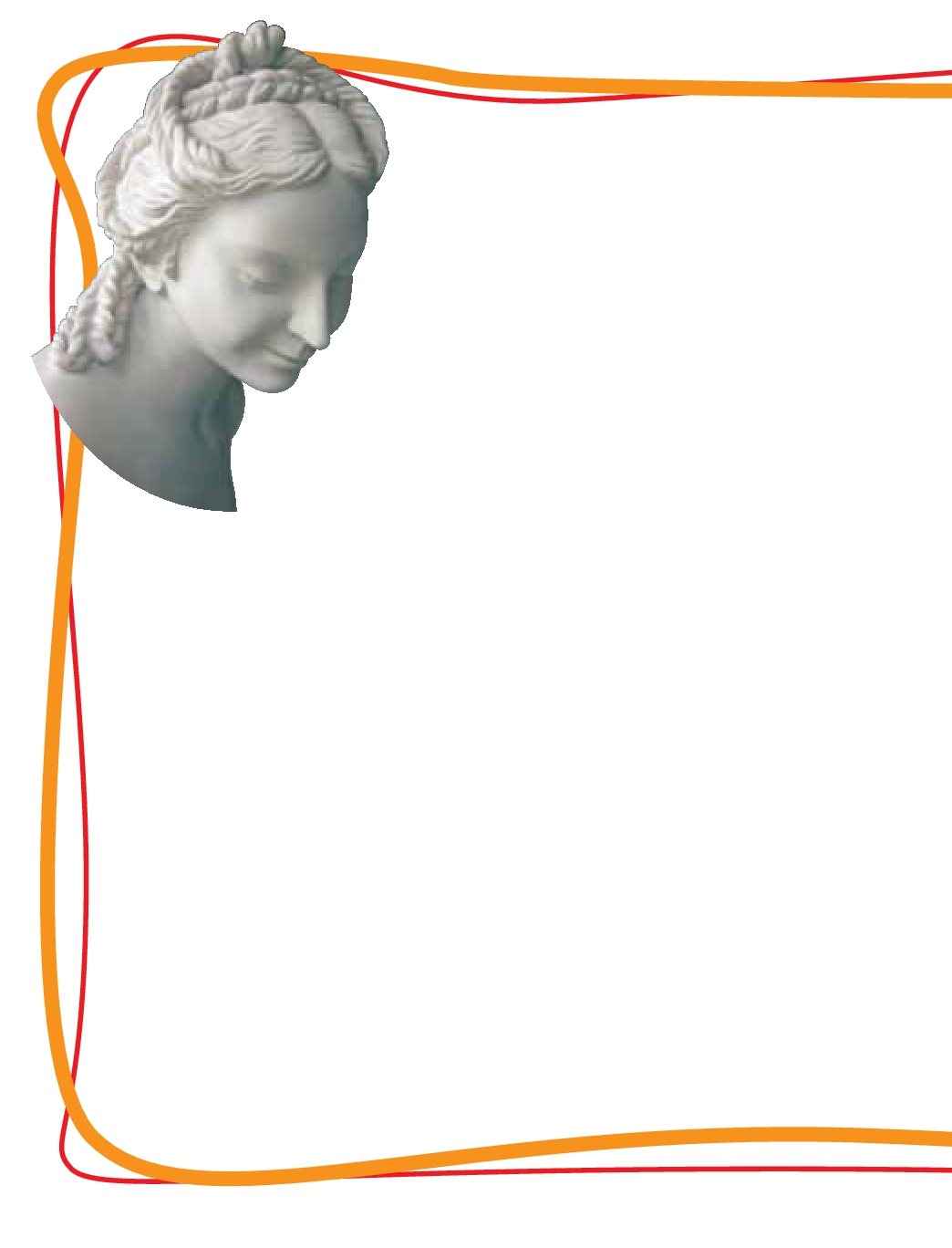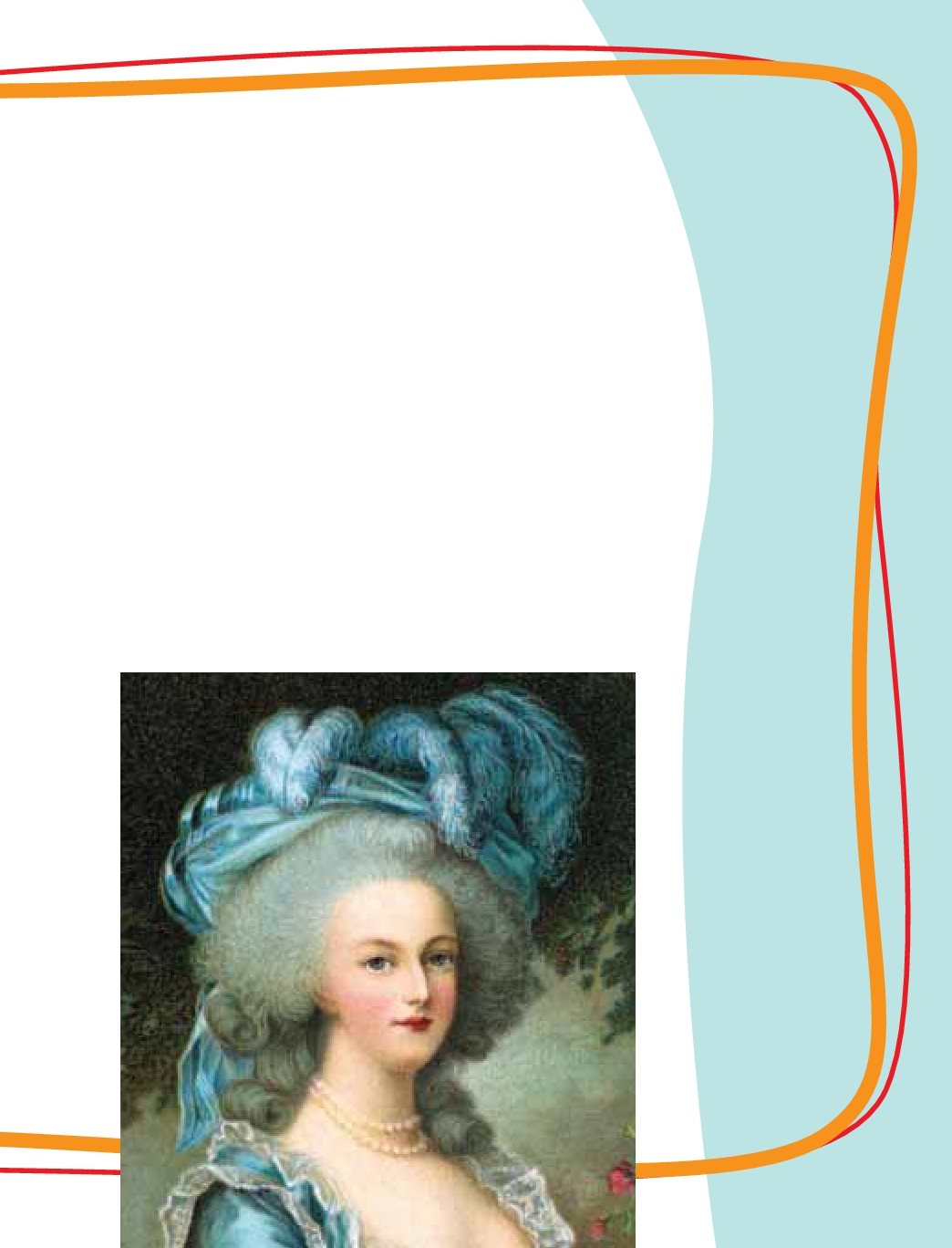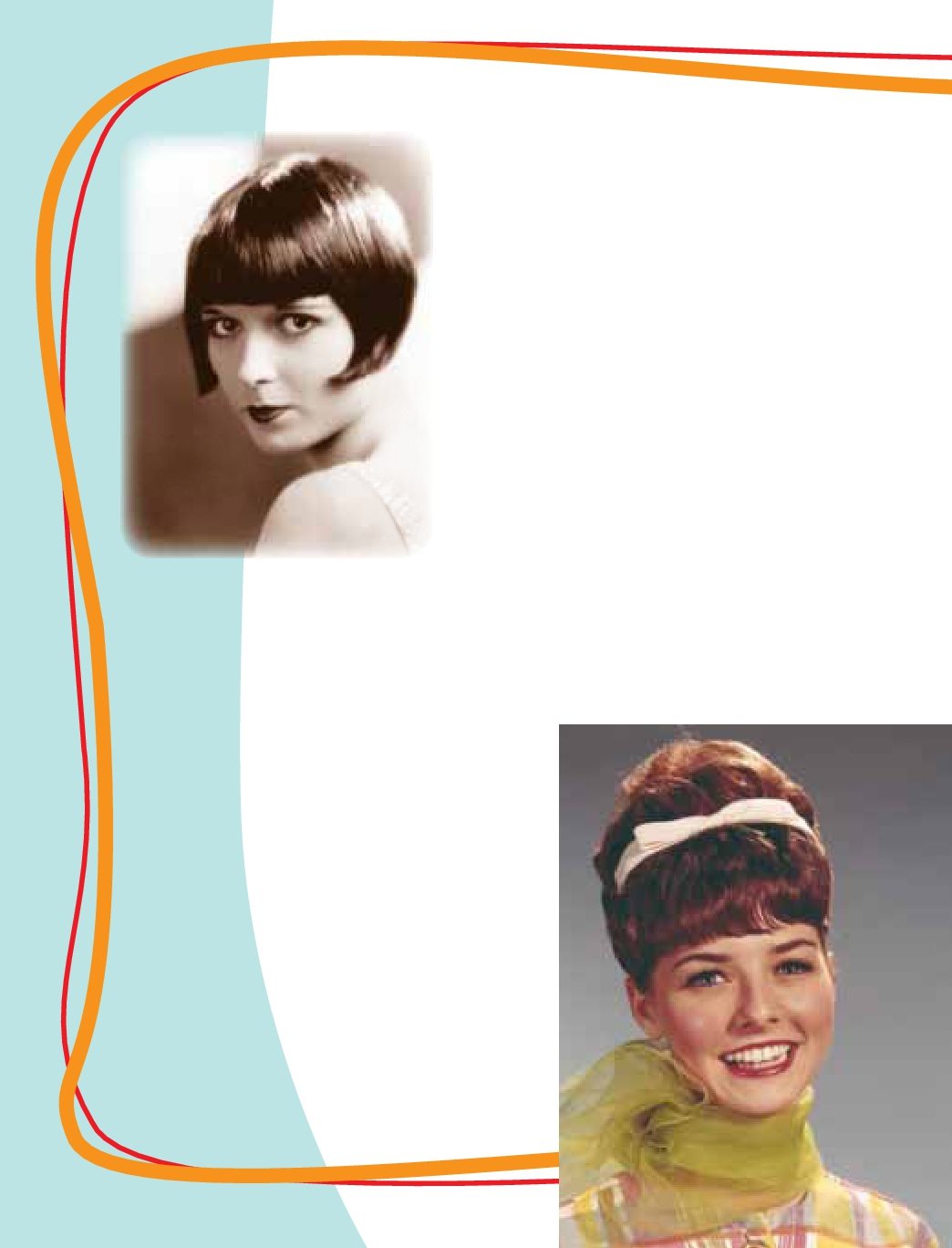Published in the United States of America by The Childs World
1980 Lookout Drive Mankato, MN 56003-1705
800-599-READ www.childsworld.com
ACKNOWLEDGMENTS
The Childs World : Mary Berendes, Publishing Director
Produced by Shoreline Publishing Group LLC
President / Editorial Director: James Buckley, Jr.
Designer: Tom Carling, carlingdesign.com
Cover Art: Slimfilms
Assistant Editor: Jim Gigliotti
Photo Credits:
Cover: Main: iStock; insets: Dreamstime.com
Interior: AP/Wide World: 13, 19, Corbis: 5, 6, 9, 10 top;
Dreamstime.com (photographers listed): 20, Manu Conic 15, 24,
Tamora Kulikova 7, Gino Santa Maria 12, Tatjana Strelkova 21;
Getty Images: 10 bottom, 11; iStock: 8, 14, 18, 26, 27; Photos.com:
4, 16-17, 23, 25.
Copyright 2009 by The Childs World
All rights reserved. No part of this book may be reproduced or
utilized in any form or by any means without written permission
from the publisher.
LIBRARY OF CONGRESS CATALOG-IN-PUBLICATION DATA
Martin, Mari, 1967
The amazing hairstyles book / by Mari Martin.
p. cm. (Reading rocks!)
Includes bibliographical references and index.
ISBN 978-1-60253-093-5 (library bound : alk. paper)
1. HairdressingJuvenile literature. I. Title. II. Series.
TT972.M272 2008
646.724dc22
2008004486
Creating Cool
Hairstyles
From keeping us warm to keeping
up with fashion, hair has a long and
interesting history. Hairstyles and hair
care have always been a part of
being human. Your hair is one
of the first things that people
notice about you. It helps
make you the unique
person you are. Is your
hair curly? Straight?
Short? Long? Red? Blond?
Brown? Black? What is hair
exactly? Hair is made of stuff
called keratin . Believe it or
not, keratin also forms your
fingernails! Hair forms under
the skin in tiny pits called
follicles. A strand of hair
grows out of each follicle and up
through your skin.
Human head hair grows about a
half an inch (1 cm) a month. If
you dont cut it, it can grow up to
three feet (1 m) in lengthor more!
You lose about 100 hairs from your
scalp every day. But dont worry, the
average person has almost 90,000
hair follicles on her head... and
five million on her body! Thats
a lot of hair!
This drawing
shows how a
hair grows
in a follicle
and up through
the skin.
This statue
shows what
scientists think
early humans
might have
looked like
and what
they might
have worn.
In prehistoric times,
hair had one purpose:
to keep us warm.
Early humans had thick
hair that covered most
of their bodies. Scientists
think humans probably lost
this hair as they evolved over
thousands of years. During the Ice
Age (about 10,000 years ago), they
probably began wearing animal
skins to keep their less-hairy
bodies warm.
Thousands of years later, styling
head hair began to be a fashion
statement. For instance, more than
4,000 years ago, hairstyles and hair
care were a big deal in ancient
Egypt. Egyptian men wore their
hair short, or shaved their heads
and wore thick wigs. Women wore
elaborate headdresses.
Women wore wigs over their hair,
too. Wigs were made from plant
materials or human hair. Women
also attached cones of heavily
perfumed beeswax to their heads.
The cones melted in the
hot sun. This left their
hair sweet-smelling and
soft. Some Egyptians also
dyed their hair red with
plant juices. Ancient
Egyptians were the first
people to make shampoo,
too. They used water,
plants, and even animal
fats to clean their hair.
This painting
from ancient
Egypt shows
one of the
colorful ways
women styled
their hair.
Years later, royal people in
ancient Persia (where Iran is
today) dusted and decorated
their hair with gold and silver.
This statue
shows a typical
hairstyle worn
by an ancient
Roman woman.
Ancient Greeks and Romans wore
their hair in very fancy styles.
Often, the hair was piled high on the
tops of their heads. People also wove
things such as ribbons, gold, and
flowers into their hair.
In Asia, Japanese women added
beautiful pins and combs. Chinese
and Indian women styled their hair
with different braids and knots.
Native Americans wore their hair
in many different styles. Perhaps
the most famous was the Mohawk.
Men from the Iroquois nation
shaved their heads on the sides and
grew the hair longer on top.
In Europe in the 1600s, powdered
wigs were all the rage. These
headdresses were sometimes more
than two feet (61 cm) tall and were
made with lard and clay. They were
decorated with combs, miniature
ships, or even horse carriages.
Feathers were
also a popular
way for French
women to
decorate
their hair.
Straight hair
cut in a bob
was inspired
by movie stars.
In the United States,
most women wore their
hair long until the early
1900s. But then short hair
became popular. Movie
stars of the 1920s and 1930s
started wearing their hair
in short bobs (a haircut
just below the ears).
Women also started to work outside
of the house more often. Shorter hair
took less time to care for.
The beehive
was created
with hairspray
and was
popular in
the 1950s.
Hairspray
was invented
in 1948. This
sticky stuff
can hold hair
in place for
hours. In the
1950s and early 1960s,
women often used a lot of










